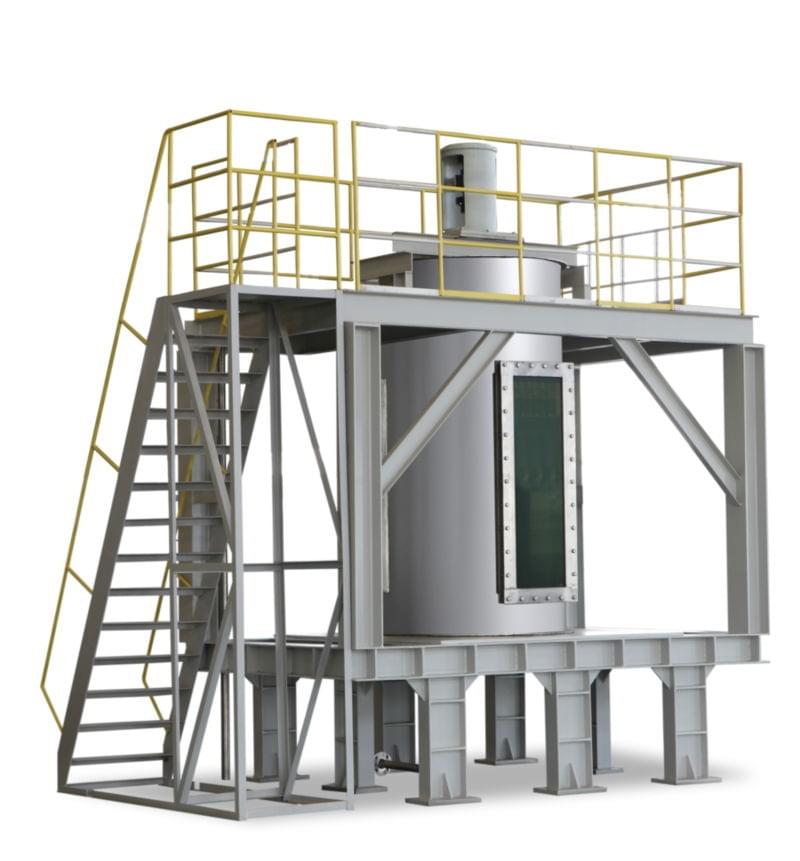Agitator tanks are used in a variety of industrial applications, including chemical processing, food and beverage production, and pharmaceutical manufacturing.
Here are some good reasons to use agitator tanks:
- Mixing and Homogenization: Agitator tanks are designed to mix and homogenize liquids and slurries, ensuring that the ingredients are evenly distributed throughout the mixture.
- Heat Transfer: Agitator tanks can be used as heat exchangers, allowing for efficient transfer of heat from one fluid to another. This is useful in applications where temperature control is critical.
- Dissolving Solids: Agitator tanks can be used to dissolve solids into liquids, creating homogeneous solutions.
- Suspension of Solids: Agitator tanks can be used to suspend solids in liquids, preventing settling and allowing for consistent mixing.
- Gas Dispersion: Agitator tanks can be used to disperse gases into liquids, creating bubbles that can facilitate chemical reactions or flotation processes.
- Chemical Reactions: Agitator tanks can be used to facilitate chemical reactions, ensuring that the reactants are well-mixed and reacting at a consistent rate.
- Scale-up: Agitator tanks can be used to scale up small laboratory processes to larger industrial-scale production, ensuring that the process is consistent and reproducible.
Overall, agitator tanks are an important tool in many industrial applications, providing efficient and consistent mixing, heat transfer, and chemical reactions.
Maintaining Your Agitator Tank
Maintaining an agitator tank is essential for ensuring its proper functioning and maximizing its lifespan.
Here are some tips for maintaining your agitator tank:
- Regular Cleaning: Regularly clean the tank and agitator to prevent the buildup of sediment, deposits, and contaminants that can affect the performance and integrity of the tank.
- Lubrication: Regularly lubricate the agitator's moving parts to prevent corrosion and wear, which can reduce the lifespan of the agitator.
- Inspection: Regularly inspect the tank and agitator for signs of wear, China Accessory Equipment factory cracks, or other damage. This can help identify potential problems before they become serious issues.
- Calibration: Regularly calibrate the tank's instrumentation, such as temperature and pressure sensors, to ensure accurate measurements and prevent process deviations.
- Maintenance of Mechanical Seals: If the agitator has mechanical seals, make sure they are regularly inspected and replaced as necessary to prevent leaks and contamination.
- Consideration of Material Compatibility: Use compatible materials in the tank and agitator to prevent corrosion and contamination.
- Regular Maintenance: Regularly scheduled maintenance can help ensure the agitator tank's proper operation, and prevent costly and time-consuming downtime due to unexpected failures.
By following these maintenance tips, you can help ensure your agitator tank performs reliably and efficiently for many years to come.
